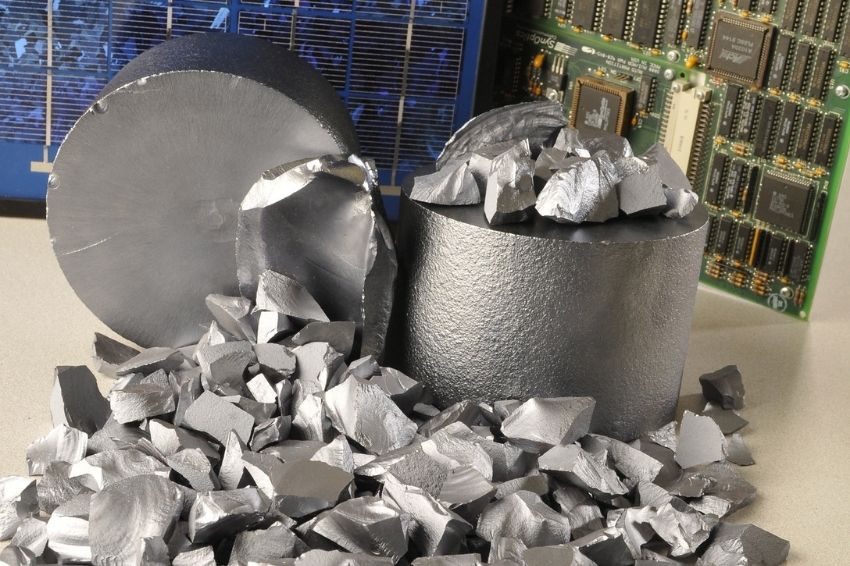Like other segments of the industry, the solar energy sector has found it difficult to deal with the rise in the price of basic inputs and the scarcity of raw materials, resulting from the problems caused by the pandemic and the increase in demand for products.
This week, another piece of news once again worried the international photovoltaic sector: the announcement of an increase in the cost of polysilicon, which is 277% more expensive than compared to the same period last year and has reached its highest level, being quoted at 260 RMB /kg.
The price rose again due to the energy crisis and blackouts that have been reported in China in the last days.
As a result, experts consulted by the Solar Channel are already projecting new highs for the solar market. “The entire photovoltaic industry will suffer an increase in the price of modules due to the price of polysilicon”, highlights Felipe Santos, sales manager at Canadian Solar.
“We see in a short-term scenario that module prices will be readjusted due to the sudden increase in the price of polysilicon. For now, there is no reduction horizon, considering that the demand for electronic components is heated worldwide”, he adds.
Fernando Castro, Sales Director from the photovoltaic module manufacturer JA Solar, explains that the Chinese government has forced a reduction in the manufacturing of all products that involve energy in the production process, aiming to achieve decarbonization goals.
The decision has impacted the production chain in several segments and thousands of Chinese people are suffering from electricity shortages caused by these requirements. “It is a combination of carbon targets with the explosion in domestic demand for residential and industrial energy, as well as the increase in the price of coal and gas”, explains Castro.
According to him, the new prices – for polysilicon and also for other inputs – are already being passed on by China to the market. “We have already received new quotes, with increases of 10% to 25% in the cost of inputs, such as silicon, glass, aluminum, encapsulant and others that will have to be passed on to product prices, in addition to having to reduce the production of modules as well”, he reveals.
















